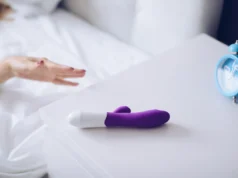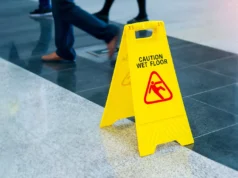Finding out that you are no longer as capable as you once were and not as healthy as before is usually scary. As the years come on our body is less and less capable and certain things that used to be second nature no longer seem so.
A lot of things an average human can do in their childhood and early teens already seem too hard by mid-twenties, let alone later. Making peace with the fact we are getting older is something all of us need to go through.
However, as much as getting old is scary and tiresome, it is also not exclusively to blame for the changes we go through. Oftentimes, it is an ailment, a disease, or even an injury that prevents us from doing regular daily activities.
And when old age and health problems combine, the effect is the most pronounced. One thing that tends to happen to the elderly is the inability to control the bladder, which is also known as incontinence.
Dealing with the Problem

Managing your incontinence can be challenging and quite complicated to deal with, particularly at first. That is because there is nothing quite like it that can prepare you for it.
Not being able to go to the bathroom and controlling your physiological needs, something as common and everyday as relieving yourself. However, some products are available to make your daily life easier when or if you ever start experiencing incontinence. One example is incontinence pads, the go-to solution that is of great help.
Most incontinence pads are disposable, and it is important that you use them correctly. Changing incontinence pads around four to six times per day is recommended, which right from the get go sounds like a lot to deal with.
When your pad becomes wet, you should switch it for a new one because it can contribute to poor hygiene, unpleasant odors, skin conditions, and general discomfort. Chaffing and irritation can occur if you leave an incontinence pad for too long. In the following sections we have some tips for changing incontinence pads.
Being and Remaining Prepared
Before you start, you will need a few basic things to take care of. You will obviously need fresh incontinence pads and have them at the ready. Next up are wipes, which should preferably be wet wipes but dry, paper ones can help as well. You will need to have access to a sink and/or a toilet and be able to use soap and warm water. A hand sanitizer in your bag will help you as well.
Most importantly, you will need a clean and private area like a restroom. Having all of this is not always possible but there are certain things you can prepare for. Always carry what you can with you and plan your trips and daily obligations in a way that allows you to be relatively close to a restroom.
Wash your hands
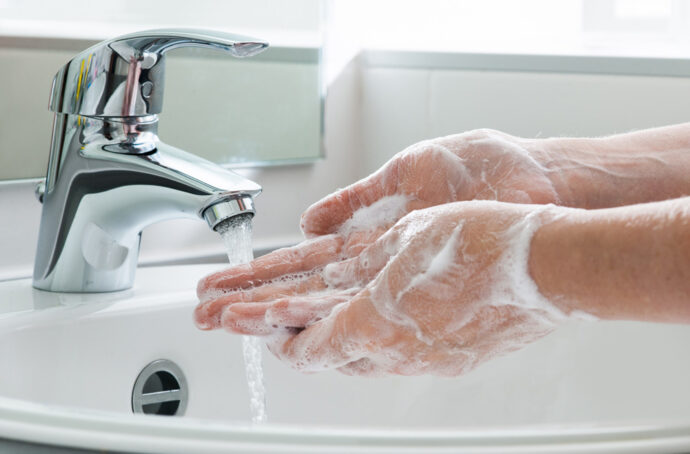
Before you change your incontinence pads, it is essential to wash your hands thoroughly. This will aid in lowering the risk of infection and ruining the pads before you even use them. In addition to this, make sure you use warm and soapy water every time.
Make a lather with your hands, then scrub them thoroughly for at least 20 seconds. Next, rinse your hands thoroughly and dry them with a clean towel. It is recommended to use a hand sanitizer if you have one available. Once your hands are clean, you are ready to start changing your pads.
Remove the old pad
You are going to want to start by removing the old pad. Reach behind you and pull off the pad carefully and slowly. The better and easier you do it and the more attention you devote to this, the more pleasant the experience will be.
Clean the area in contact with the pads
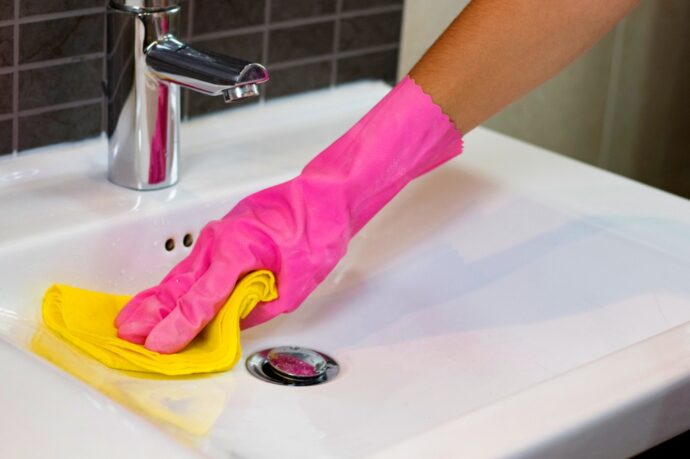
Clean the inner thighs and private areas, and eliminate urine or feces with wipes or cleansing products. Be thorough all the way and take your time. Nobody is rushing you and it is not something that should be rushed anyway.
If you are caring for an individual using pads, then assist them in cleaning the contact areas. Be there for them as it is a tough thing to go through multiple times per day.
Use soap-free skin cleansers that do not irritate or dry out the skin. Follow the product’s directions as some do not require rinsing afterwards. These can be quite convenient when you do not have access to a washroom.
Use moisturizing creams to keep the skin moisturized. Avoid products containing alcohol, as they may irritate the skin. You should do this in your downtime, at home, when you are not changing pads.
Use a skin sealant or moisture barrier to protect the skin, such as creams or ointments containing zinc oxide, lanolin, or petrolatum. Some skin care products, often in the form of a spray or a towelette, create a transparent, protective film over the skin.
Apply the new pad
Fasten the incontinence slip or pad, so it fits snugly around the waist and legs. Follow the product’s instructions to ensure minimal leakage. If you start to feel wet or feel uncomfortable after applying the pad, then double-check that the product hasn’t moved out of position.
Conclusion
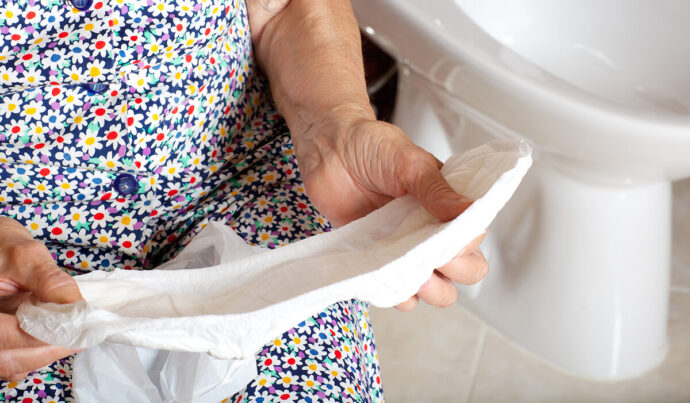
Incontinence pads are suitable for most people as they are discrete and allow you to carry out day-to-day tasks with minimal disturbance. However, other products are available such as nappies, pull-up pants and chair and bed pads to add extra protection. It can be a trial and error journey to find what works best in your situation.
Changing your incontinence pads can seem time-restricting and a nuisance, but it is not that bad. Ensure that you keep your supplies close at hand and always have a new place and wipes ready. So you do not need to look for it when it’s time to change.
Change your pad as soon as you notice it is wet, as waiting too long can cause skin irritation and increase your risk of infection. With these tips in mind, changing your incontinence pads will be a breeze!



